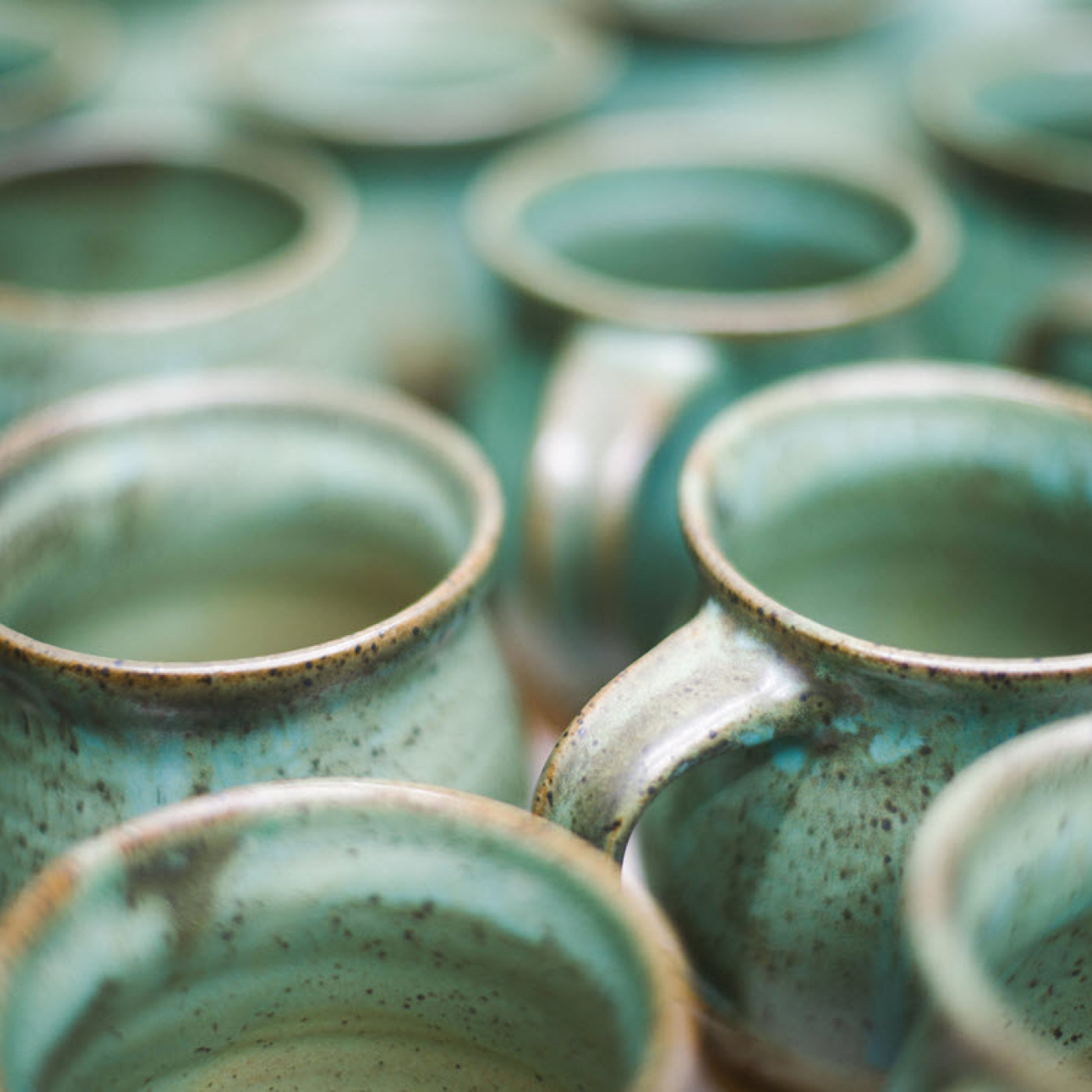What Is Your Time Worth? How To Calculate a Show’s Profitability

In the last issue, I discussed re-assessing your business model, pricing, and what you make. This issue includes the 200 Best ballot — a resource that helps artists determine shows that are good options for them and provide the best opportunity to make their career a profitable one.
Filling out the ballot gives you a chance to look at the past year to determine which shows were the best for you financially. It is a great starting point and among the things to consider when planning your schedule for the new year.
Keeping with my last discussion, I am sharing what to consider when planning for the coming year, with sales figures being the first thing. They drive your analysis about what was — or was not — a profitable show.
It is an objective measurement that is hard to argue with and the critical starting point that cannot be overlooked or underestimated. This is not to be confused with profitability, which requires subtracting from sales figures the costs surrounding participation in a show.
Some costs are obvious — booth fee, hotel, food, and transportation. Other costs are more hidden, with the largest one being time. What is your time worth? How much time do you invest to participate in a show?
The cost of time is not as dramatic for some artists. Certain artforms can be worked on outside the studio while on the road. Some artists keep producing while sitting at a show (a terrific way to demonstrate for prospective customers, by the way).
For those people, the time invested may be limited to the time it takes to get to and from the show and a fraction of the time spent while at the show. But for many of us, shows mean a full stop on production.
As a potter, I cannot produce anything while on the road. So, I must factor the lost productivity into my equation to determine profitability.
Do the sales at a show justify the time away from the studio? How far should I travel, and how long can I afford to be away? These questions need to be asked to determine if good sales translate to good profits.
Time Is on My Side
Are you making the most use of your time? Despite what the Rolling Stones say, time is not always on our side. It is easy to undervalue and overlook it — and when gone, wonder whatever happened to it.
Artists need to calculate the value of time. Unlike money, it is a finite resource. You cannot negotiate for more, earn more, and buy more. All you can do is manage it as efficiently as possible.
How do we measure it effectively in relation to what we do? For most, every day away from the studio is a potential loss of money. I measure money in coffee mugs, bowls, apple bakers, and all sorts of items I produce. If I cannot produce them, I cannot sell them. So, how do I measure the value of time in relation to production?
Math Suks
While I agree with Jimmy Buffet’s sentiments above, math is extremely important to assess shows worth doing from a business perspective. I developed a comparative equation to help me determine the value of my time (and thus profitability and value of any show).
In a nutshell, the equation can best be described as Objective Sales – Objective Costs divided by number of days invested in both production and sales for a show. That number is then measured against Value Produced (total value of what could have been produced during the time invested and sold through other means like wholesale, direct retail, internet sales, consignment, gallery sales, etc.) – Cost of Production divided by number of days invested in production.
Visually, the comparison looks like this:
